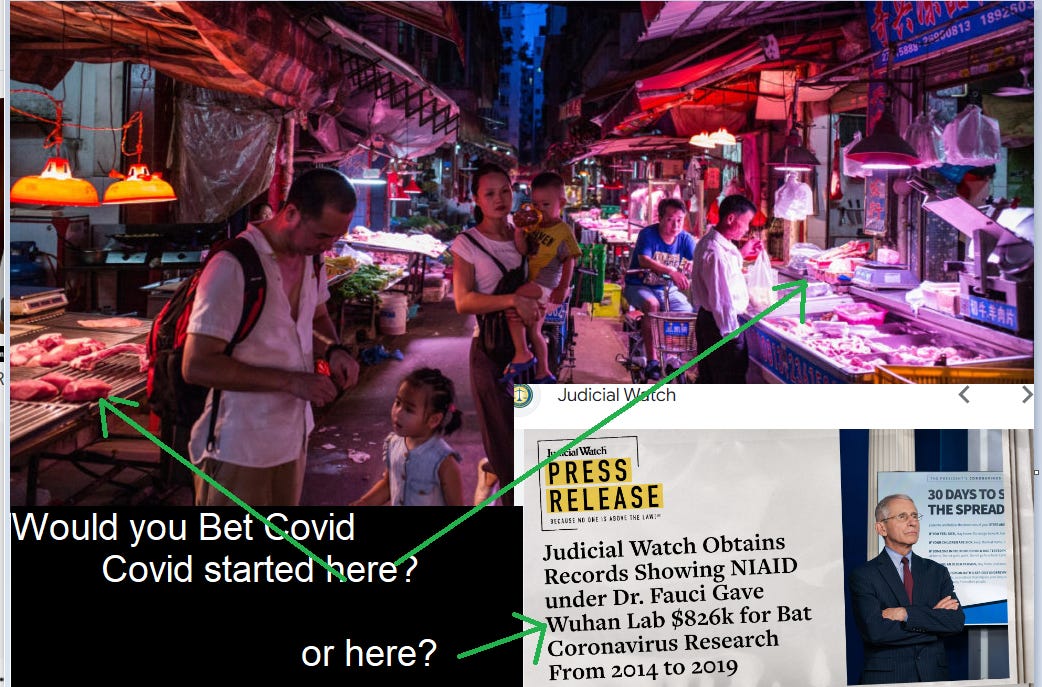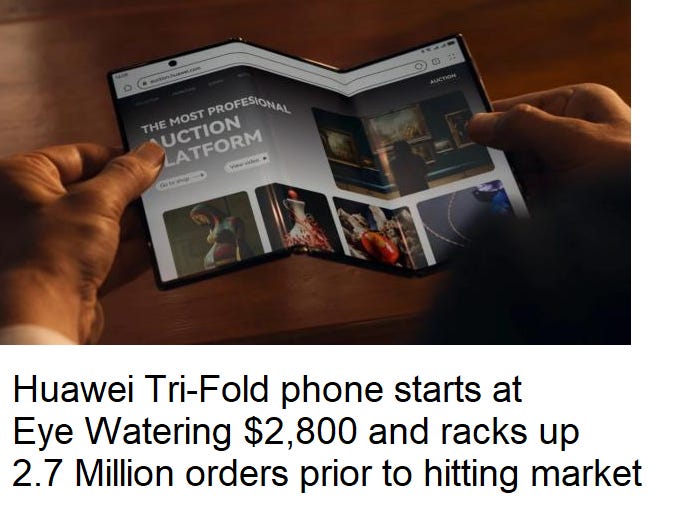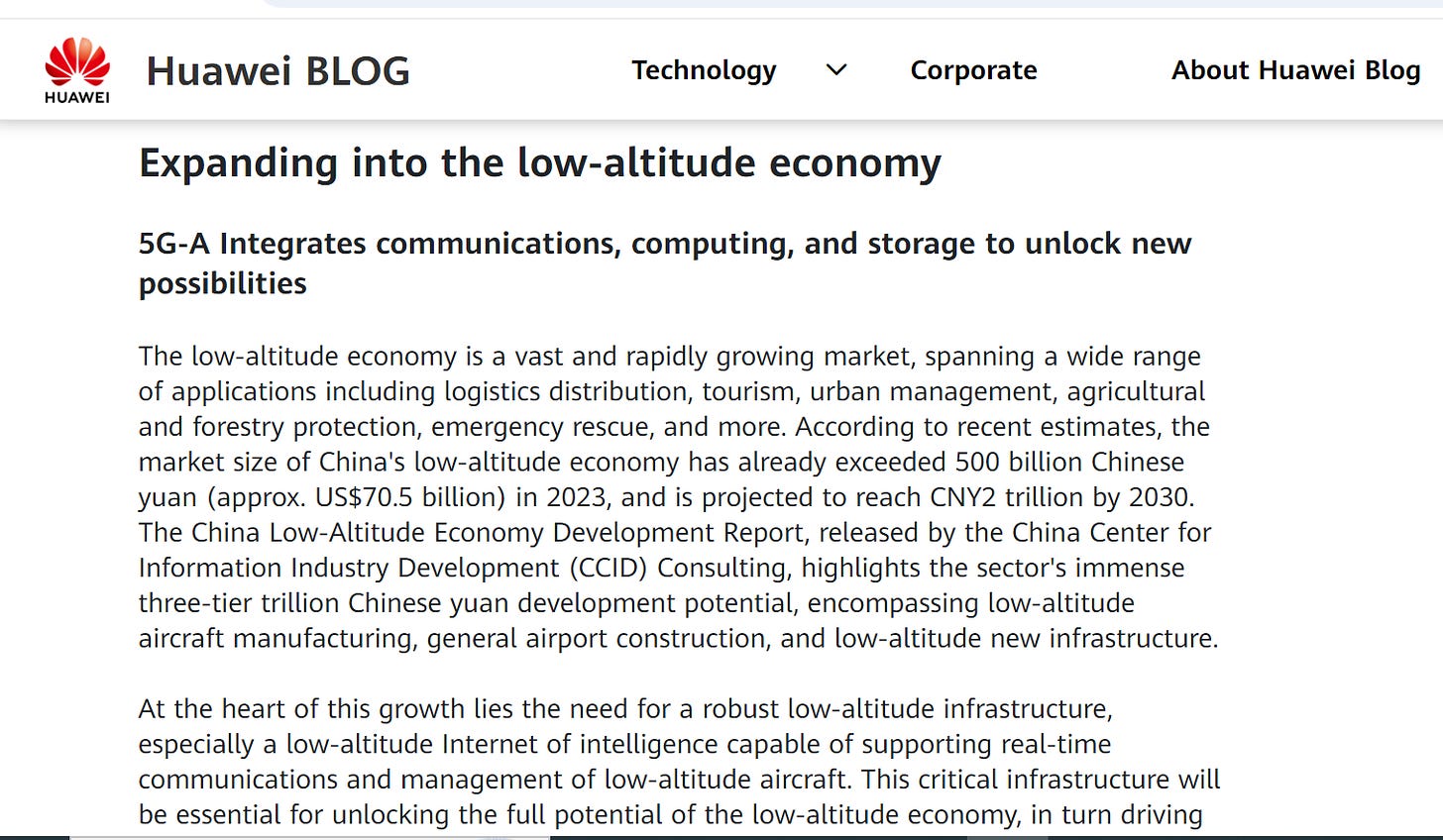The American public often finds itself in the dark on crucial issues due to a complex interplay of factors that limit critical thinking and awareness.
A pervasive lack of curiosity, fueled by a culture of "America First" ethnocentrism, creates an environment where many citizens are content with surface-level explanations and reluctant to question official narratives. This mindset allows misleading notions of patriotism to flourish unchallenged.
The reality of U.S. military interventions is frequently obscured. Rather than purely defensive actions, many operations serve to maintain favorable conditions for a select group of elites with vested economic interests abroad. The Iraq War stands as a stark example, where false claims about weapons of mass destruction were used to justify invasion.
US funded NIH and EcoHealth Alliance but Blamed China’s Eating Habits for Starting Covid
More recently, the origins of the COVID-19 pandemic have been subject to politicized narratives. While complex questions remain about gain-of-function research, some

U.S. officials were quick to blame Chinese eating habits, (pointing to the wet market as if it some kind of primitive form of savagery) deflecting from potential biosafety concerns closer to home or even questioning why US was trying to concoct some insane mad scientist project
Cyber threats provide another arena for misdirection. Recent warnings about Chinese attacks on critical infrastructure may serve to distract from domestic vulnerabilities or justify increased surveillance and military spending.
This pattern of misinformation and misdirection, coupled with a populace often disinclined to dig deeper, creates a dangerous cycle. It allows those in power to shape public perception and policy with limited accountability.
Breaking this cycle requires cultivating genuine curiosity, critical thinking skills, and a willingness to look beyond comfortable narratives – even when doing so challenges long-held beliefs about American exceptionalism.
Recent years have seen growing concerns over censorship and information control in the United States, particularly regarding controversial topics like COVID-19. Social media platforms, allegedly under pressure from government agencies, removed or limited content discussing alternative theories about the pandemic's origins and potential treatments.
Many doctors and researchers found their accounts suspended or posts deleted for discussing topics like ivermectin or high-dose vitamin C therapy, regardless of their credentials. This censorship extended beyond health issues, with platforms also restricting content related to allegations of congressional insider trading and alternative theories about the 9/11 attacks, such as those proposed by Architects & Engineers for 9/11 Truth.
These actions have raised serious questions about free speech, the role of big tech in shaping public discourse, and the extent of government influence over private companies in controlling information flow
Most of Chinese accomplishments are subject to US Media Blackout.
China's technological and industrial achievements receive limited to no coverage in the U.S. media, creating a significant information gap.
The Belt and Road Initiative, a massive global infrastructure project, is frequently underreported or portrayed negatively. China's dominance in pharmaceutical ingredient production is rarely highlighted, despite its critical importance to the U.S. healthcare system. Similarly, China's role as the primary supplier of medical equipment and supplies, including essential items like syringes, catheters, and personal protective equipment, is often overlooked.
This lack of comprehensive reporting on China's advancements and global economic influence can lead to an incomplete understanding of the complex interdependencies between the two nations and the broader global economy.
Maybe instead of banning TikTok US tech giants should look into why is TikTok soaring in popularity compared to their shrinking teen platforms that are losing their stranglehold on American youth - Jon Forrest Little

Watch this dazzling 15-second video below to see the Huawei unfold
1.00
end of section
I was fortunate to have a conversation with the legendary architect Antoine Predock before his passing last year. I met Antoine Predock in Albuquerque when I was an architectural sales rep and Predock was also a classmate of my parents at the University of New Mexico in the 1950s.
Predock, known for his distinctive approach to architecture that blended landscape and built form, left an indelible mark on the architectural world, including several notable projects in China.
Among his magnificent works in the country is the Gateway Arrival Building and Arts Center in Chengdu, a low-lying structure with textured concrete masses colored to match the local soil. Another remarkable project is the Luxe Lake New Town Gateway, also in Chengdu, which serves as an entry building and welcome center for a new development of 100,000 people.
Predock also designed the Luxe Lakes Arts Center in Chengdu, a multi-functional community center featuring galleries, theaters, and dining spaces. Lastly, the Sales and Exposition Center for the Luxe Lakes Eco-City development in Chengdu showcases Predock's ability to create buildings that harmonize with their surroundings while serving practical functions.
Predock took some time explaining to me about his work collaborating with what he called an emerging economy called The Low Altitude Economy
I took notes while we visited and below is a summary of our visit. I took the liberty of weaving in some editorial to give it some flair.
Low Altitude Living: Chinese Village Embraces the Drone Economy
In the picturesque Eco-City development, the Chinese citizens have embraced the low-altitude economy, transforming their daily lives in ways unimaginable just a few years ago.
As dawn breaks, the gentle hum of delivery drones fills the air. Mrs. Zhang, a local teacher, steps onto her porch to collect a package of fresh produce from a nearby farm, delivered by a sleek agricultural drone. "It's amazing," she remarks. "Our fruits and vegetables are harvested and on our doorstep within hours."
Meanwhile, farmer Eric Wu surveys his fields from the comfort of his home office. A fleet of UAVs equipped with multispectral cameras hover over his crops, providing real-time data on soil moisture, pest infestations, and crop health.
"This technology has revolutionized farming," Wu explains. "We've increased yields by 30% while reducing water and pesticide use."
The village's safety has also seen significant improvements. Police Chief Yang coordinates with low-flying surveillance aircraft to monitor traffic and respond to emergencies.
"Our response times have been cut in half," he notes proudly. "And our crime rates are at an all-time low."
Even healthcare has taken to the skies. Dr. Amit Zhao, the village physician, regularly dispatches drones to deliver medication to elderly patients. "For those with mobility issues, this service is a lifeline," he says.
Not everyone is thrilled with the constant aerial activity, however. Long-time resident KJ Chen, 78, grumbles about the noise. "It's like living in a beehive sometimes," he complains. But even he admits the benefits outweigh the drawbacks when a medical drone delivered his heart medication during a recent snowstorm.
As night falls, the skies above Predock’s Eco-Village remain abuzz with activity.
Low-flying aircraft equipped with thermal cameras patrol the forests, on the lookout for potential wildfires. It's a fitting end to another day in this futuristic yet charming village, where the low altitude economy has become an integral part of daily life.

China’s Silver Powered Future
Huawei's technological ecosystem encompasses a wide range of products that leverage 5G technology, including smartphones, tablets, laptops, smartwatches, routers, base stations, and IoT devices. The company is also involved in developing solutions for UAVs, drones, and eVTOL aircraft. Here are 20 products and technologies associated with Huawei and the broader 5G-enabled ecosystem:
- Huawei Mate smartphones
- Huawei P series tablets
- Huawei MateBook laptops
- Huawei Watch smartwatches
- 5G base stations
- IoT sensors
- Smart home devices
- Industrial automation systems
- Autonomous vehicles
- Agricultural drones
- Delivery drones
- eVTOL aircraft
- 5G modems
- Network switches
- Cloud servers
- AI processors
- Edge computing devices
- Smart city infrastructure
- Telemedicine equipment
- Virtual reality headsets
Silver plays a crucial role in powering and enabling these technologies due to its unique properties. As the most electrically conductive element, silver is essential for efficient power transmission and signal processing in electronic devices.
Its malleability and ductility allow for the creation of thin, flexible wires and connectors that are vital in compact devices like smartphones and wearables.
In 5G infrastructure, silver is used in antennas, connectors, and printed circuit boards to ensure high-speed data transmission with minimal signal loss. For solar panels used in UAVs and IoT devices, silver paste is a key component in photovoltaic cells, enhancing energy conversion efficiency.
Silver's antimicrobial properties make it valuable in medical devices and telemedicine equipment. In batteries, particularly those used in electric vehicles and drones, silver-zinc batteries offer high energy density and rapid charging capabilities.
The metal's excellent thermal conductivity is crucial for heat dissipation in high-performance computing systems used in AI and edge computing devices.
Silver's reflective properties are also utilized in optical coatings for sensors and cameras in various gadgets.
As the demand for faster, more efficient, and interconnected devices grows, silver's role in enabling these technologies becomes increasingly significant, making it an integral part of the 5G-powered, IoT-connected future.

Huawei launches $2,800 trifold phone hours after Apple debuts iPhone 16
Huawei, a leader in 5G technology, self-driving cars, and foldable smartphones, is expected to significantly increase its silver consumption in the coming years. The company's advanced technologies, particularly in 5G infrastructure and devices, rely heavily on silver for its superior electrical conductivity and other unique properties.
As Huawei expands its 5G network deployments and continues to innovate in areas like autonomous vehicles and foldable phones, the demand for silver in these applications is projected to rise substantially. This increased usage comes at a time when the global silver market is facing supply constraints, potentially exacerbating the existing supply-demand imbalance.
Interestingly, Huawei has announced the launch of its latest tri-fold smartphone, the Mate X5, on September 12, 2024. This release date coincides with Apple's annual iPhone unveiling event, setting the stage for a direct competition between these two tech giants in the premium smartphone market.
